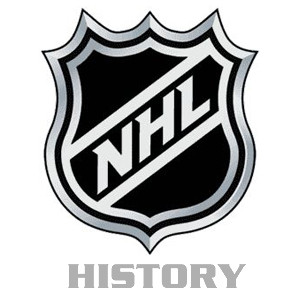Taking hockey to the professional level also meant something across Canada.
That’s why four angry owners and the secretary-treasurer of the former National Hockey Association — Frank Calder — founded the NHL.
The source of their ire was not World War 1, anti-defence rules to up scoring in hockey or the Spanish Flu, it was another NHA board member.
Eddie Livingstone, the owner of two Toronto franchises — Blueshirts and Shamrocks — consolidated the teams in 1915, much to the dismay of the rest of the league.
To fill the gap the NHA allowed the 228th Battalion to play in 1916-17 season, but in February 1918 they would be called into active duty in WWI.
After Livingstone’s bickering and complaining reached a fever pitch, the NHA met one final time.
Looking to end the constant quarreling, Tommy Gorman of the Ottawa Senators, G.W. Kendall of the Montreal Canadiens, Montreal Wanderers owner Sam Lichtenhein and Mike Quinn of Quebec met at the Windsor Hotel in Montreal to solve their predicament.
“He was always arguing about something,” Gorman said of Livingstone in NHL archives. “Without him, we can get down to the business of making money.”
November, 1917 was when the four team reps ceased operations of the NHA and formed the professional ice hockey league we love today.
Naturally, they failed to invite Livingstone, which cost them years in litigation.
It’s not that the fledgling NHL did not want a Toronto franchise. Calder would redistribute players from Livingstone’s Blueshirts to the new nameless Toronto team owned by the Toronto Arena Company.
The first game played was between the Montreal Wanderers and the nameless Toronto team. The result was a 10-9 win for the Wanderers and defenceman Dave Ritchie would record the first official goal.
Unfortunately for the Wanderers their arena would burn down, and though the Canadiens would find a replacement, their city co-habitants would not resulting in a three-team league, in part due to Quebec’s inability to ice a Bulldogs team.
They would move from Quebec City to Hamilton, playing as the Tigers from 1920-25.
From then on there would be expansions, contractions and relocations. The Montreal Maroons and Boston Bruins would enter the league in 1924 before the Stanley Cup, awarded to the top team, became an NHL exclusive trophy in 1926.
Up until that time, the Governor General, Lord Stanley of Preston, would award his chalice to Canada’s top team in competitions between the NHL, Pacific Coast Hockey Association and the Western Canada Hockey League.
As for the remaining Original Six teams, the Chicago Black Hawks, Detroit Cougars (later to be named Red Wings in 1932 by James Norris) and New York Rangers would start further expansion in to the U.S. in 1926.
The term Original Six comes from the era directly after the folding of teams such as the Montreal Maroons, New York Americans and Hamilton Tigers. The last being the Americans in 1947.
Those remaining in the NHL included the Montreal Canadiens, Toronto Maple Leafs, Boston Bruins, Chicago Blackhawks, Detroit Red Wings and New York Rangers.
Sponsored by The Canadian Experience and Maple Leaf Sports + Entertainment, “Canada’s Hockey Experience: The Sport of a Country” is a unique, 20-week online series on the history of hockey.

